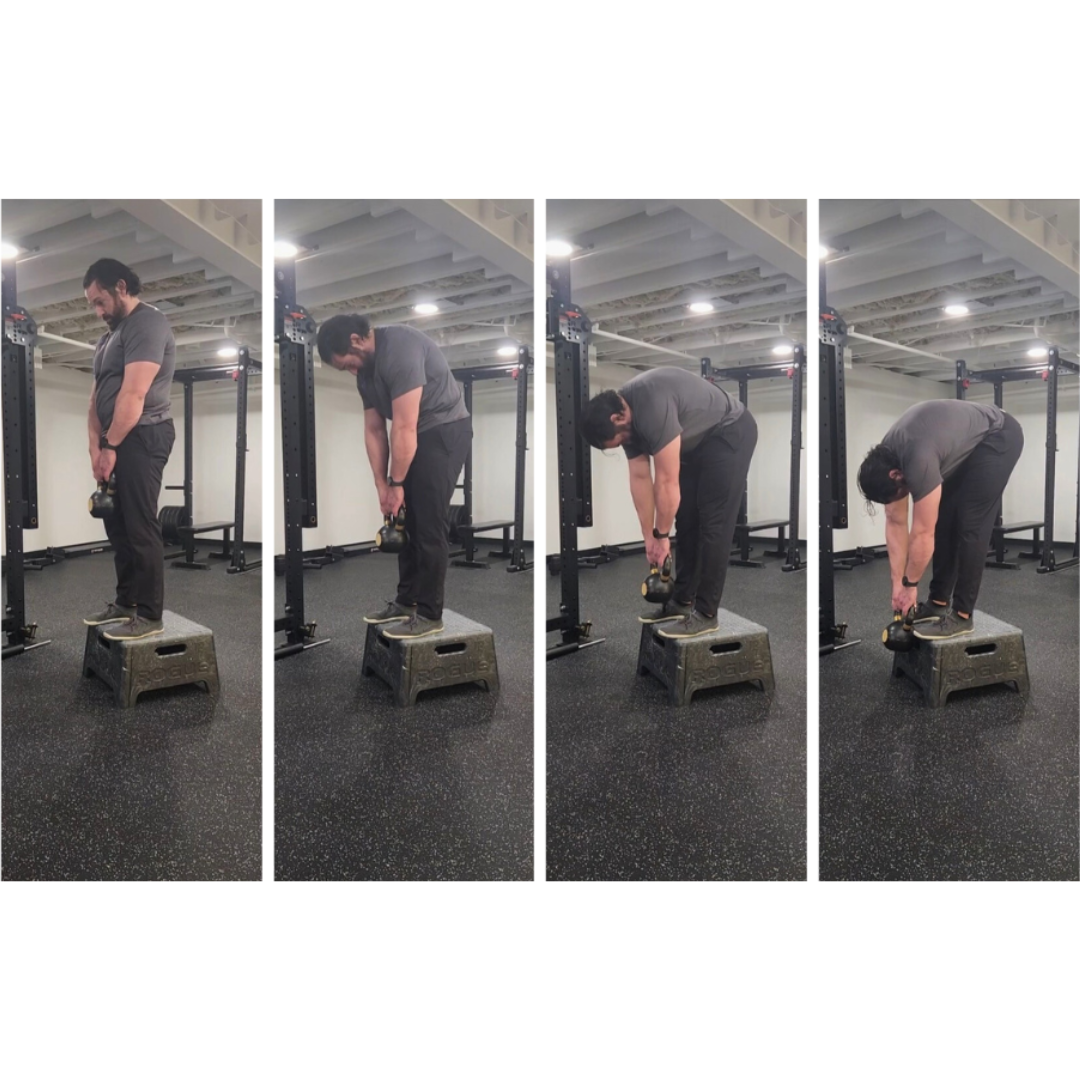Is the Jefferson Curl safe for spine rehab or detrimental to progress? The consensus at Pinnacle Hill Chiropractic is it depends.
In the fitness world, the Jefferson Curl has become extremely popularized on social media. There are chiropractors, physical therapists, strength and conditioning coaches, and fitness influencers all touting the benefits of this exercise, while showing off their ability to touch the forearms with their toes. Some influencers show off by doing this movement with hundreds of pounds loaded on a barbell. This is in direct contrast to other chiropractors, physical therapists, strength and conditioning coaches, and fitness influencers vilifying spinal flexion under load. So who is right and who is wrong?
Before we get ahead of ourselves, what is the Jefferson Curl? It is a weighted mobilization focusing on fully flexing the spine, starting at the head and neck, down through the thoracic spine, into the lumbar spine, through the hips. It is generally a slow movement, working segmentally through the entire spine and hips. The movement is finished by reversing out of flexion to standing upright again. Check out THIS VIDEO for a demonstration of the movement in its entirety.
If a patient with a screaming lumbar disc herniation with pain shooting down a leg comes in, the Jefferson Curl might not be the best thing to give that patient. Especially if that disc herniation is dynamic, loading the spine in a flexed position or loading the spine and moving into and out of flexion and extension could be the worst thing for said patient. Now does that mean this patient should never do this movement ever – no. It might just mean they shouldn’t do it right now. That patient most likely needs to focus on centralizing their leg pain and wait until they can successfully load in neutral. And then perhaps when they are no longer incredibly inflamed, they *MIGHT* be able to utilize the Jefferson Curl.
If another patient comes in with severe low back stiffness and the inability to flex their lumbar spine, the Jefferson Curl may be a good option for them. These patients often need help being able to flex through their lower back and hips. More often than not, they can’t hip hinge very well either. In this scenario, they may need the overload to stretch the lumbar paraspinal musculature and allow the restoration of flexion.
At Pinnacle Hill Chiropractic, it is not an exercise that is prescribed lightly. It must be utilized cautiously and safely; the same way spinal manipulation is utilized. Not everyone will necessarily benefit from spinal manipulation at just any time during an injury or recovery phase. It is to be used when most appropriate and applicable. The exact same approach should be used when considering utilizing the Jefferson Curl. So again, who is right and who is wrong? It depends.





